Today, at a launch event in China, Vivo has announced its much-anticipated smartphones — Vivo NEX. The Vivo NEX is the production version of the Vivo Apex smartphone that was showcased by the China-based company during the Mobile World Congress.
The smartphone comes with a 6.59-inch Super AMOLED Ultra FullView “Zero Screen” Display with a screen-to-body ratio of 91.24 percent and 2316 x 1080 pixels screen resolution. All the sensors on the device are hidden under the display. Instead of an earpiece, the phone comes with a Screen SoundCasting Technology which promises better bass and softer treble.
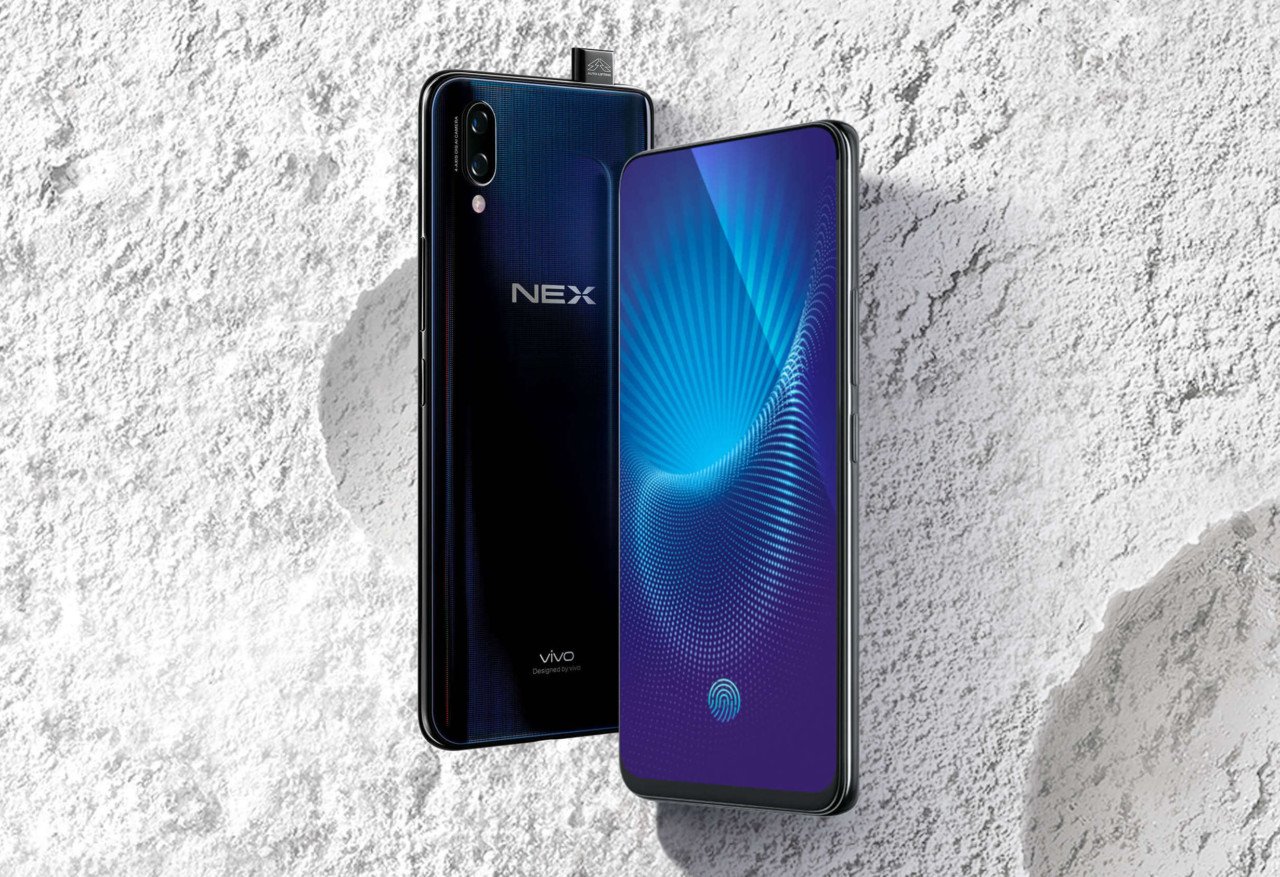
Because of the narrow bezels surrounding the display, Vivo had to come up with a unique solution for the front-facing camera. And thus, one of the highlights of the phone is that it comes with a pop-up front-facing camera. The 8-megapixel front-facing snapper automatically rises and hides on opening and closing camera app, and also makes a sound to notify the user. The company says that it uses micro-stepping motors with independent drive ICs and precision control algorithms to precisely control this process.
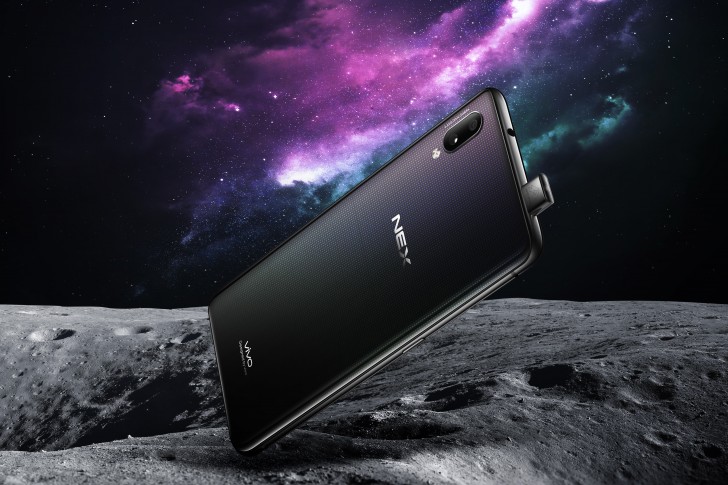
The device features a third-generation in-display fingerprint scanning technology, which according to the company increases the screen unlock time by 10 percent and increases the overall experience of phone unlocking. On the back side, there’s a dual camera setup which consists of 12-megapixel sensors, primary being a Sony IMX363 sensor with 1.4μm pixels, f/1.8 aperture, and four-axis optical image stabilization and a 5-megapixel secondary sensor with f/2.4 aperture.
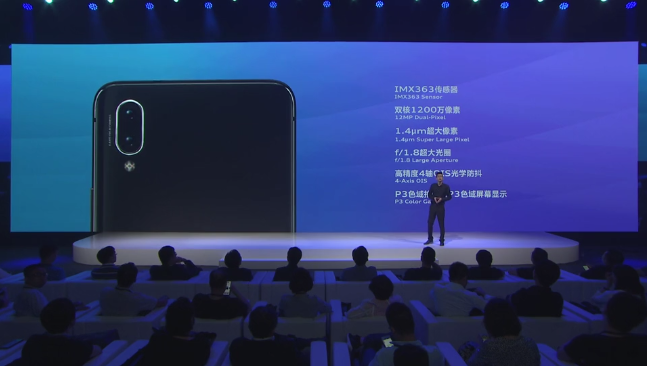
The phone also has Vivo Game Engine, which is made in partnership with Tencent Games. It aims to provide an immersive gaming experience based on software and hardware optimization and is also optimized to run games made using Unreal Engine. Further, the Vivo NEX also features 7.1-channel 3D audio, thanks to dtsX partnership. It also has Vivo Hi-Fi V1 System In Package technology for hi-fi quality sound through earphones.
The Vivo NEX smartphone comes in three variants. The high-end model, dubbed as Vivo NEX S, is powered by Qualcomm‘s Snapdragon 845 processor along with Adreno 630 GPU, 8GB RAM, and 256GB internal storage. The mid-end variant has the same specs as that of the highest-end variant except for the internal storage as it packs 128GB storage.
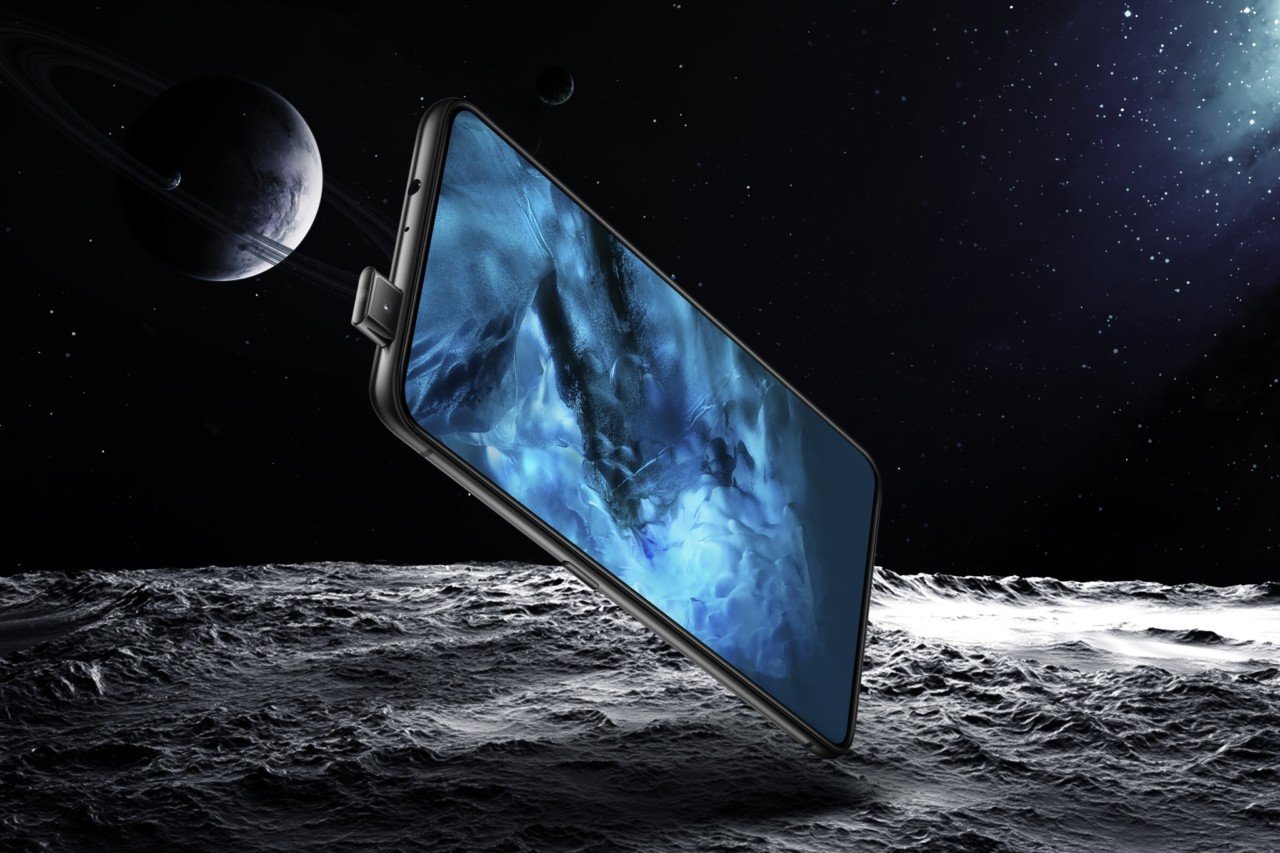
The cheapest variant among the three, which is called Vivo NEX A, comes powered by Qualcomm’s recently launched Snapdragon 710 SoC, along with 6GB RAM, and 128GB of internal storage. All three models are powered by a 4,000mAh battery with 22.5W fast charging support. Connectivity options on the devices include Dual 4G VoLTE, Wi-Fi 802.11 ac (2.4GHz / 5GHz) 2×2 MIMO, Bluetooth 5 LE, GPS + GLONASS, and USB Type-C.
Further, the smartphones come equipped with the company’s own personal voice assistant — Jovi, which works on artificial intelligence technology. It supports several functionalities such as smart map reading, encyclopedia, shopping, translation, scanning, and screen recognition among others.
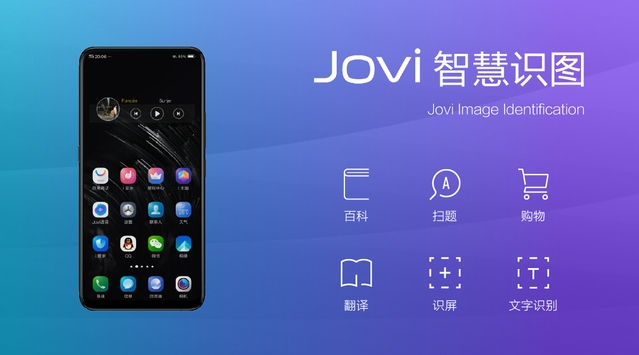
Vivo says that Jovi will keep learning based on the understanding of the user actions. There’s a dedicated button on the side of the camera that triggers Jovi AI voice assistant on the long-press action. The company says that it has established AI joint laboratories with partners with an aim to provide a brand new user experience through AI intelligence.
The smartphone comes with Vivo’s newly designed custom user interface Energy UI with AI technology, running on top of Android Oreo operating system out of the box. Further, the device also supports engine-level SDK optimization, HPUE technology antenna layout, and a zero-sensor cooling system.
Read More: Vivo Z1 Slays Its Contemporaries With A Sleek Premium Design & Sturdy Hardware
The Vivo NEX will be available in two color options — Diamond Black and Ruby Red. The high-end model with 8GB RAM is priced at 4,998 Yuan, which roughly converts to $780 while the mid-range device costs 4,498 Yuan (approximately $702). On the other hand, the cheapest variant with SD710 costs 3,898 Yuan which roughly converts to $609. Pre-0rders for the smartphone starts from tomorrow in China.







